#1740s
Photo

Robe a l’Anglaise
Dress c.1748; Altered c.1780
Fashion Museum Bath via Twitter
#robe a l'anglaise#fashion history#historical fashion#1740s#1780s#georgian fashion#georgian era#rococo era#baroque era#18th century#brown#floral#flower print#silk#fashion museum bath#popular
3K notes
·
View notes
Text


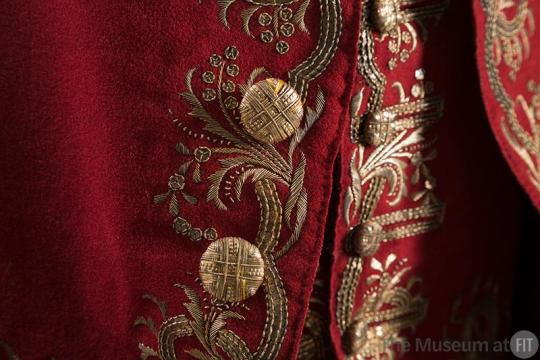
1745 Man's coat and waistcoat (Scotland)
wool, silver-gilt thread, purl, sequins, silk taffeta, linen, and cotton fustian
(Museum at the Fashion Institute of Technology)
1K notes
·
View notes
Text
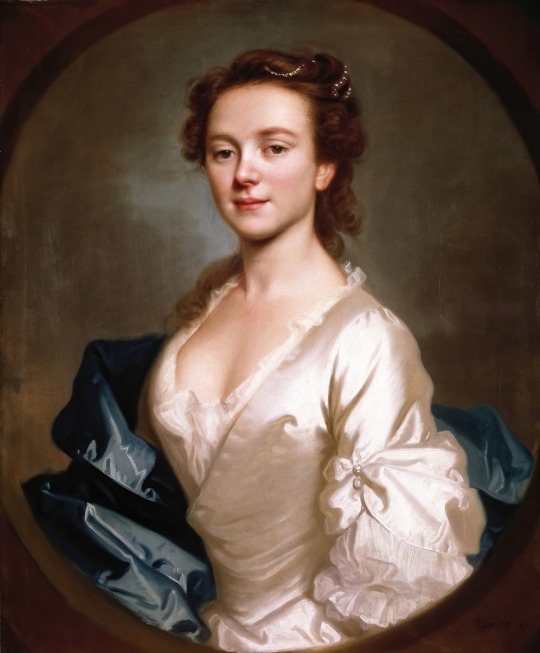
Portrait of Miss Craigie, 1741
Allan Ramsay
#Allan Ramsay#scottish art#1740s#art#painting#art history#fashion#portrait#fashion history#classicism
230 notes
·
View notes
Text

Tapestry, 1745-65, Flanders.
140 notes
·
View notes
Text

Canaletto - Piazza San Marco (1742-44)
100 notes
·
View notes
Text
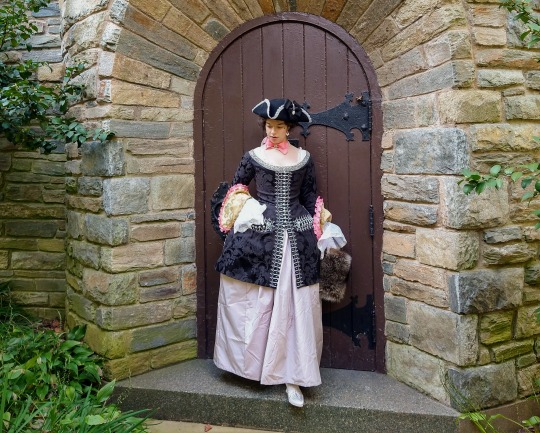
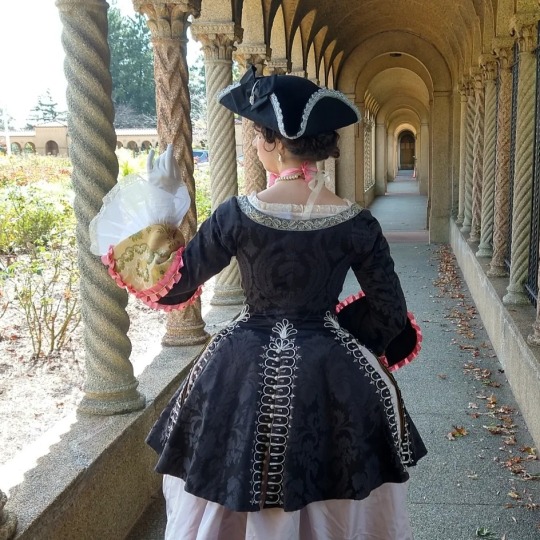
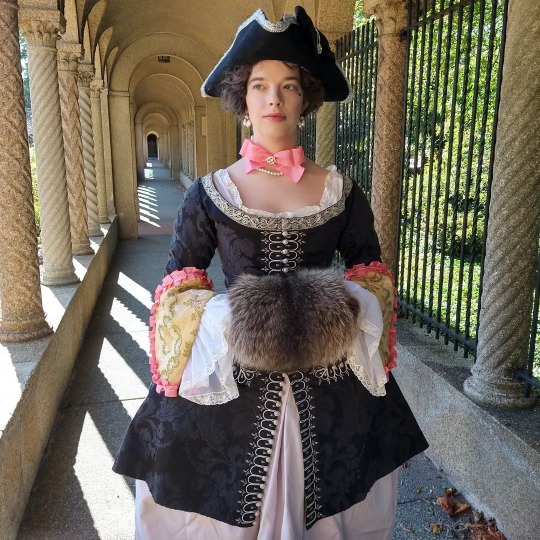
This jacket is the result of more than 2 and a half years of work, entirely handsewn! It represents the interest in equestrian and equestrian-inspired clothing as fashionable attire in Europe during the late 17th and into the 18th centuries.
I copied it from a jacket held by the Met Costume Institute, accession number 1981.314.2. When I emailed out to them for more information about the jacket, one of the collections people was even kind enough to pull it out of storage and take some detailed shots of the exterior AND interior (thanks Marci!!!)
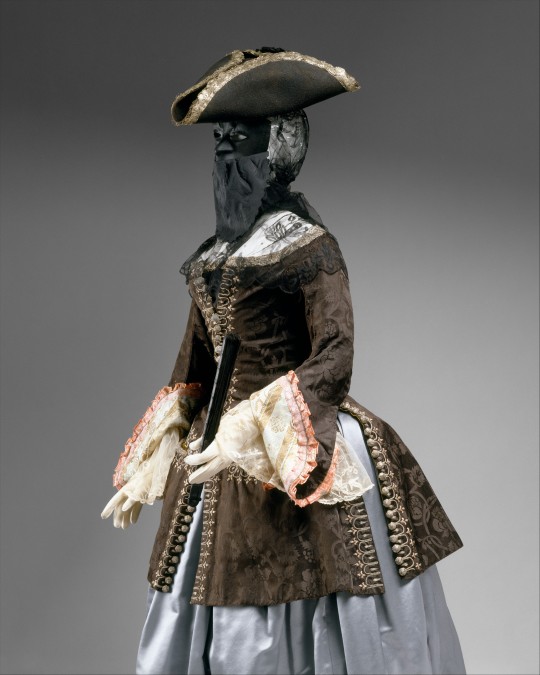
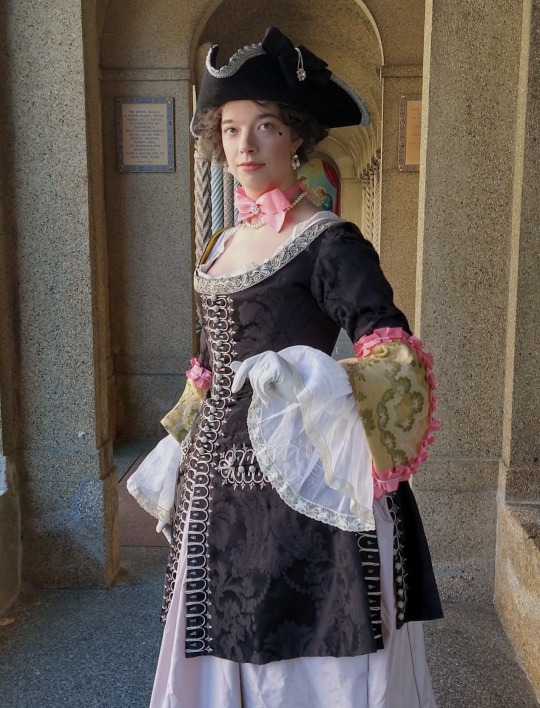
The Met dates it to the 2nd quarter of the 18th century which could be true--but there are several features of this jacket that could easily be dated earlier to the late 17th century, like the button size and layout. I plan to mull over this more in a later post. At least, I would definitely place it in the earlier end of that 1725-1750 range. However, I chose to style it for the 1730s/1740s because it's Fun For Me 🙂!
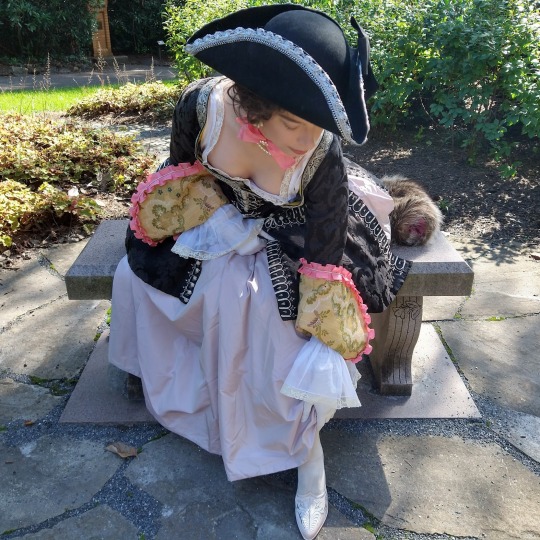
One of the most fun parts was gathering accessories to go with the jacket! I steamed a wool hat blank into the tricorn shape and applied the silver trim, made some detachable undersleeves based on paintings by Pietro Longhi, and threw together a matching neck ribbon as if I was some kind of ornamental poodle
#historical costuming#hand sewing#18th century#clothing reconstruction#riding habit#1720s#1730s#1740s#handsewn
81 notes
·
View notes
Text

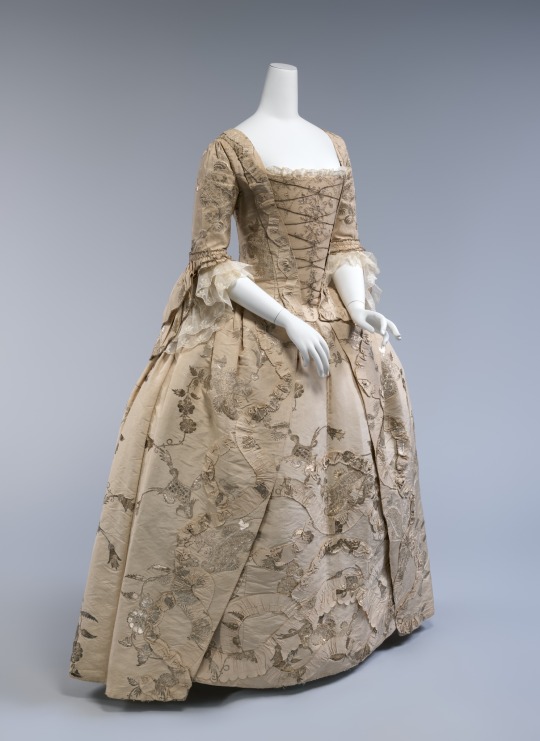
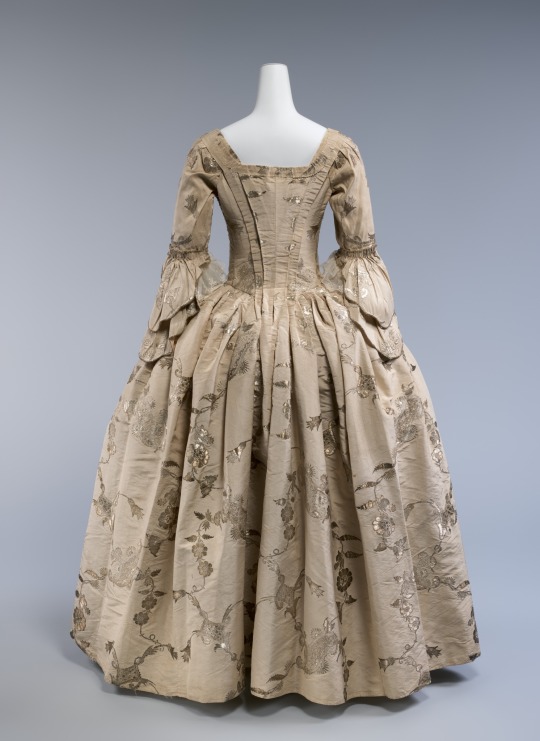
Beige Silk Robe à l’Anglaise, ca. 1747 (altered 1770s), British.
Met Museum.
#beige#silk#extant garments#womenswear#dress#1747#1770s#1740s#1740s dress#1770s dress#1740s britain#1770s britain#1740s extant garment#1770s extant garment#british#met museum#robe à l’anglaise
161 notes
·
View notes
Text
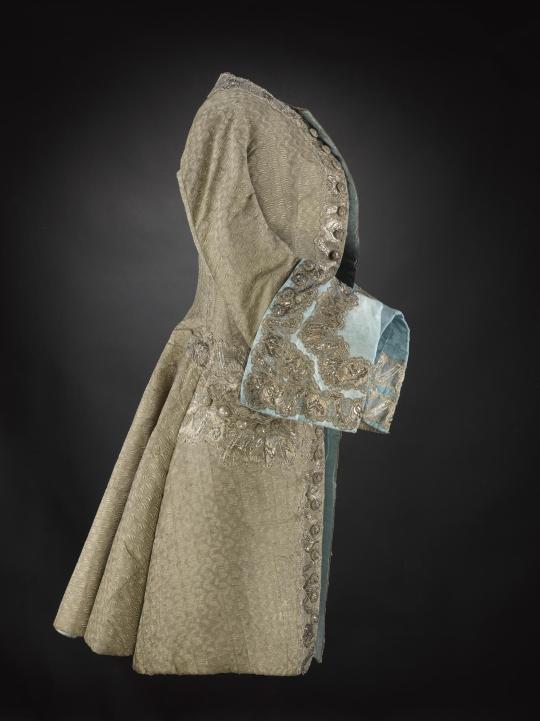
Men's coat of brown figured silk with cuffs and lining in pale blue silk, trimmed with silver lace, circa 1740
From the National Museum of Scotland
67 notes
·
View notes
Text

Philippe Mercier (1689-1760)
"Allegory of Painting" (1740)
Rococo
#paintings#art#artwork#allegorical painting#female portrait#philippe mercier#fine art#french artist#portrait of a woman#male portrait#portrait of a boy#costume#costumes#red#1740s#mid 1700s#mid 18th century
156 notes
·
View notes
Text

Robe à la française, c. 1740-55; France
#robe a la francaise#mdpcostume#costume#ensemble#France#18th c. France#18th c. costume#1740s#1750s#mid 18th century
66 notes
·
View notes
Text
Sack

A woman's sack, petticoat and stomacher, 1765-70, English; Ivory silk brocaded with large floral motifs, Spitalfields, 1747; altered 1870-1910
#historical fashion#18th century#18th century fashion#spitalfields silk#fashion history#silk#1740s#1740s fashion
92 notes
·
View notes
Photo

Wentke (Gown)
Mid 18th Century
The Netherlands
Women in Hindeloopen, a town in the northern Netherlandish province of Friesland, traditionally wore this type of striking lightweight coat, called a wentke, on special occasions. Beginning in the mid-eighteenth century, wentkes were usually made of boldly patterned Indian chintzes, and contrary to the custom in the rest of Europe of confining chintz to casual and private occasions, residents of Hindeloopen elevated this exotic fabric to a formal status. The wentke was often worn with other garments of Indian cotton. (The MET)
Peabody Essex Museum (Object Number: 2012.22.15)
#wentke#gown#jacket#georgian#1730s#1740s#1750s#1760s#regional fashion#18th century#dutch#the netherlands#blue#cotton#india#chintz#peabody essex museum#popular
3K notes
·
View notes
Text
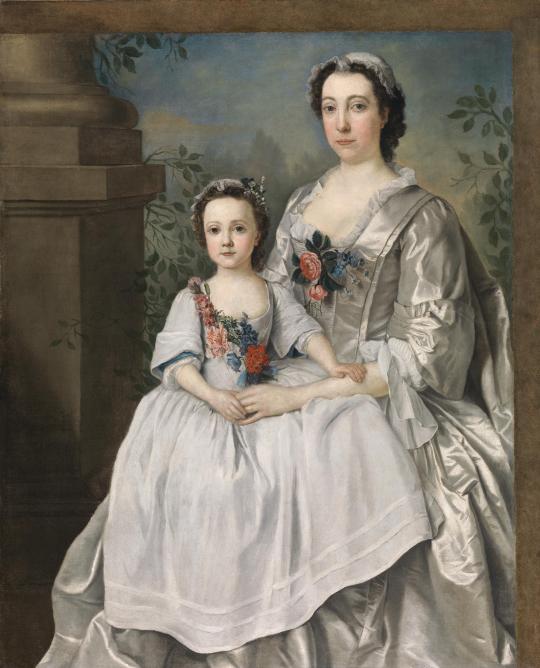
1745 Stephen Slaughter - Lady and Child
(National Gallery of Ireland)
283 notes
·
View notes
Text
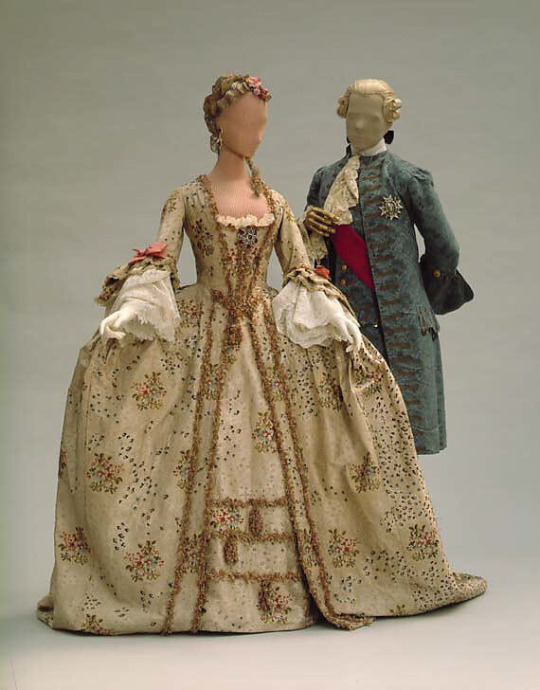
1740s
#historical fashion#fashion#historical#history#historical clothing#historical dress#long dress#textiles#textile#old fashioned#high fashion#dress#dresses#18th century art#18th century fashion#18th century#1740s#early 1700s#1700s fashion#rococo#rococo fashion#the metropolitan museum of art#artwork#art
48 notes
·
View notes
Text
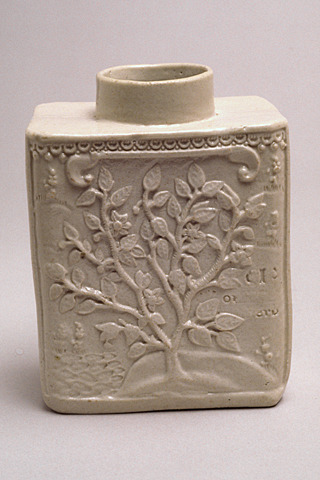
Tea canister, 1745, Staffordshire, England.
55 notes
·
View notes
Text
18th century/Rococo/1700s fashion explained by a fashion history lover.
Let's start with 1700-1709. The century had just started, so the styles still looked quite Baroque. The womens fashion was a bit simple. The hair was not quite as big as what we think of when we think of the 18th century, the hair was long and sometimes powdered, the skirts were not that wide, they were quite narrow, but they were starting to get wider, the sleeves were wide and frilly at the cuff, the neckline was a bit triangular, and the bodice had a low waistline and would not push the breasts up, unlike later in the century.
The men's fashion, unlike women's fashion, was extravagant in every way. Most men wore wigs, because extremely big, long and curly hair was very fashionable at the time, most men would powder their hair or wig white, the coats were long, and the sleeves were quite big, and frilly at the cuff, the collars were long, the pants werent tight yet, and around this time you can see that men wore longer heels.

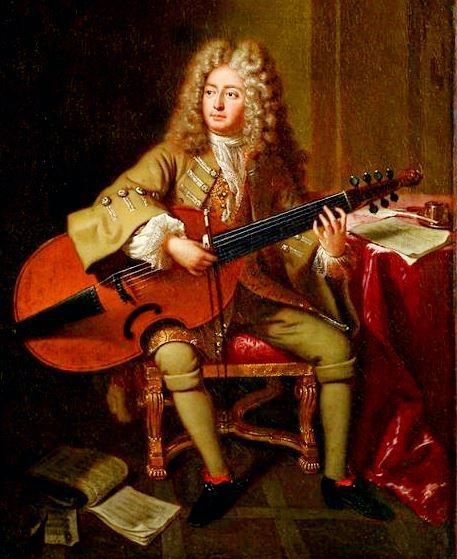
The next one is gonna be 1740s. During this time the fashion was starting to become more rococo, the women's hair had become flat, but powdered, braided and heavily decorated, bonnets as we know them today began to appear, the skirts were very wide and almost square in shape, the sleeves were short but puffy, usually only frilly at the cuff, and the bodices which were now highly decorated, still had a low waistline, but this time they pushed the breasts up, and the neckline was a bit square.
The men's fashion was still very extravagant, but this time, it was at the same level as the women's fashion. The hairstyles became shorter, curly bobs with a pigtail at the back were now the look, and almost every man powdered their hair, the coats were still long, the sleeves sleeves were still quite big and had frilly sleeve cuffs, but the collars began to get smaller and tighter, the waiscoats were long, peaking through the overcoats, and the pants were even tighter than before.
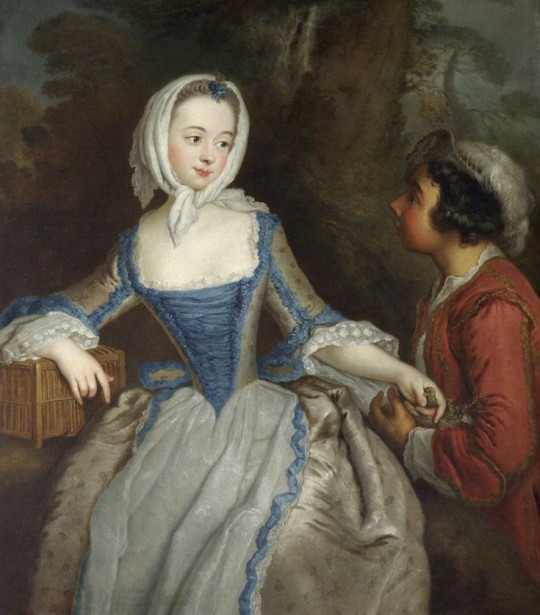

During the 1790s, there were a lot of styles. During this time, big hair was in fashion, but also small hair, so some women wore their hair puffy and powdered, while other women wore their natural hair, the waistline had gotten higher, the neckline was now triangular again with some frill, the sleeves were usually very tight, sometimes with a little bit of frill, and the skirts were quite narrow.
The men's fashion was even more versatile than the women's. Some men wore powdered wigs, while other men wore their natural hair, the coats were tight, the waistline of the coat was higher, but there was still a long tailcoat at the back, sometimes the waistcoat would peak out of the overcoat, the collars were usually big and frilly, the sleeves were tight, sometimes with a bit of frill at the cuffs, the pants were even tighter than before, and the heels were unfortunately replaced by boots and flat shoes with small buckles.
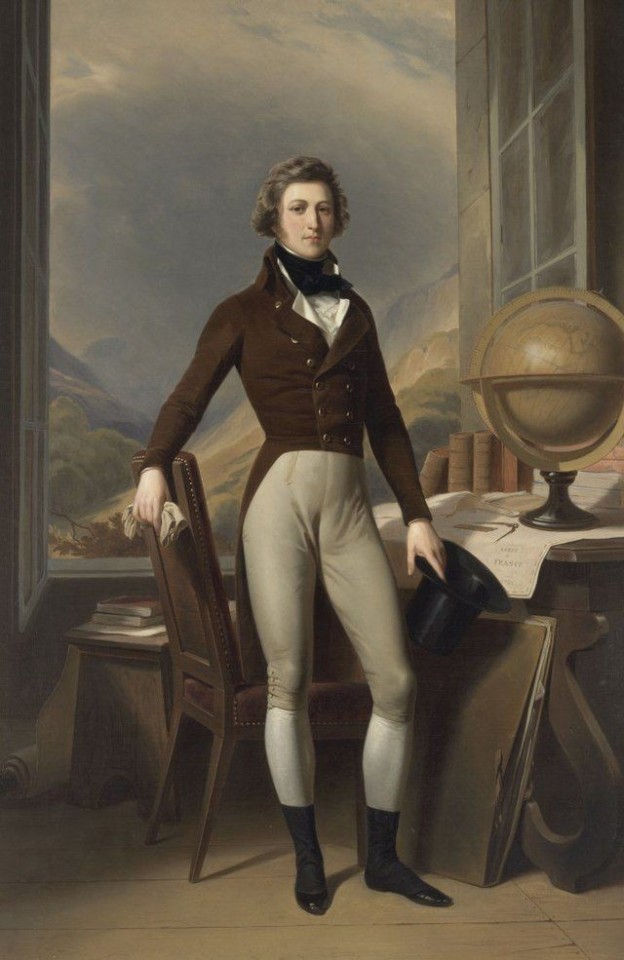

#history facts#history#historically accurate#historical#historical fashion#fashion history#18th century#1700s#1740s#1790s#rococo#fun facts
56 notes
·
View notes